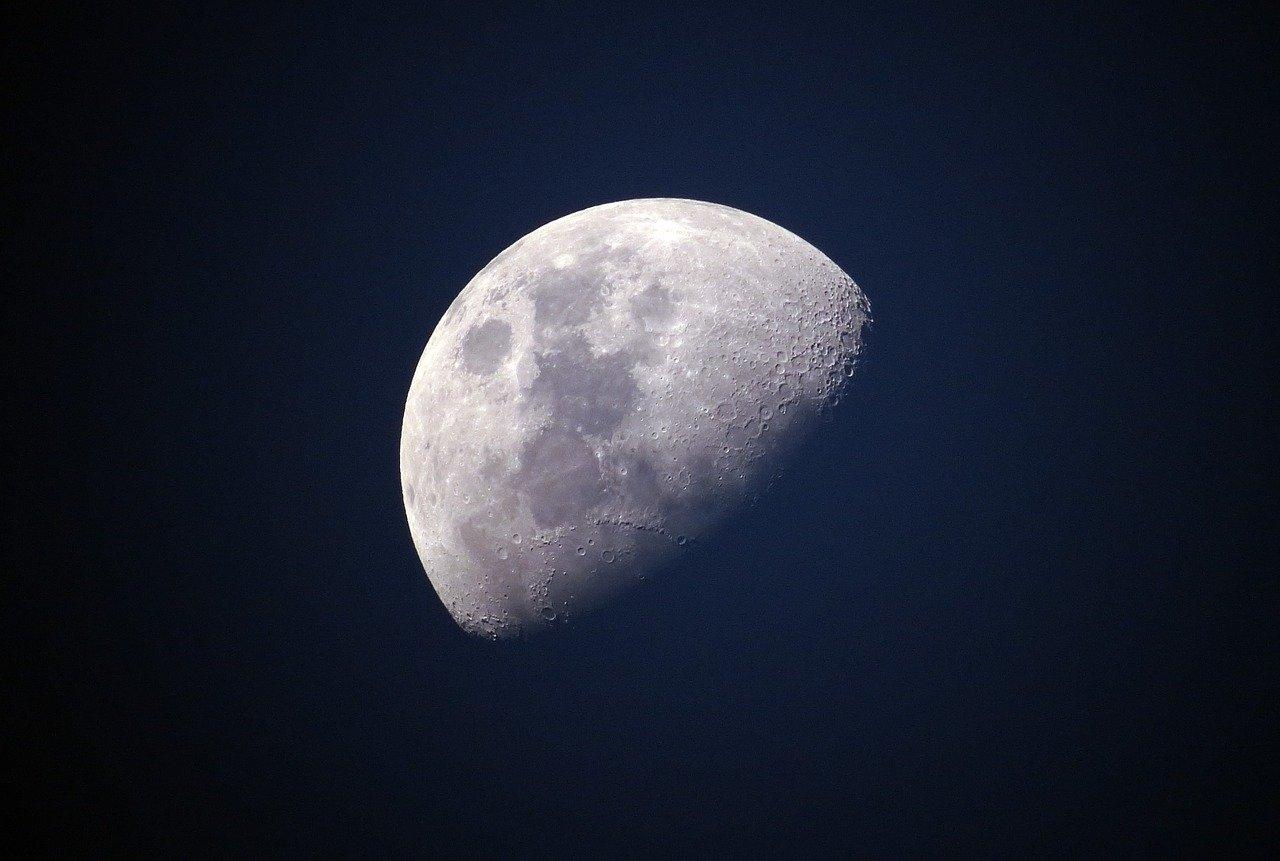With the landing success of Chang’e-4 on the far side of the Moon, China is poised to launch Chang’e-5 in late 2020. As the first part of the Chang’e Lunar Exploration Program’s (CLEP) Phase 3, the unmanned expedition is expected to transport lunar samples from the Moon back to Earth.
According to China Aerospace Science and Technology Corp. consultant Ye Peijian, the lunar probe weighs 8.2 tonnes and consists of four modules: an orbiter, a returner, an ascender, and a lander.
The probe is set to launch to the Mons Rumker region of Oceanus Procellarum (Ocean of Storms), an isolated volcanic formation on the western edge of the near side of the Moon. The ascender and the lander will disengage from the orbiter and returner, and land on the region.
The Chang’e-5 lander will gather samples
The Chang’e-5 lander will gather samples and place them in the vessel (in the ascender). Once complete, the ascender will take off from the Moon and dock with the orbiting modules. Samples gathered will be transferred to the returner. Then, the two orbiting modules will travel back to Earth, where they will separate as the returner re-enters the planet’s atmosphere.
Steps for storage, processing, and preparation have also been revealed. The Ground Research Application System (GRAS) will be tasked with the retrieval of the samples, establishment of special facilities for sample storage, and preparation and preprocessing of the samples.
The mission will return with 2 kg of lunar regolith, dug 2 meters deep into the Moon’s region. If all goes well, this will be China’s first unmanned docking, automated Moon surface sampling, Moon take-off, and return flight at a speed close to second cosmic velocity.
The motivations behind Chang’e
Chinese cosmochemist, geochemist, and Chief Scientist of the Chang’e program Ouyang Ziuyan said in an interview with the BBC that there are three motives for the lunar missions. The first is to push the limits of Chinese technology, as Moon exploration requires the utilization of different types of technologies. The second is to study the origin and evolution of the Moon, which could shed light on a better understanding of our Earth as well. And lastly, to establish the country’s very own intellectual team to explore the solar system.

Studying the origin and evolution of the Moon could give us a better understanding of our Earth as well. (Image: Romolo Tavani via Dreamstime)
Furthermore, the chief scientist said that the Moon contains precious materials such as Helium-3, which is a fuel for nuclear fusion.
“The Moon is full of resources — mainly rare earth elements, titanium, and uranium, which the Earth is really short of, and these resources can be used without limitation.”
The riches of the Moon have the potential for sustainable solar power for humankind. He outlined his vision of installing a “belt” of solar panels on the Moon to harness the Sun’s energy.
“After all of this work, which is that China can make the achievement of arriving at the Moon and safely landing and that we can bring samples back; and once we finish all these unmanned projects, we will send a man there,” said Ouyang.
The success of Chang’e-1 in late 2007 had the China National Space Administration on the roll for more lunar missions. Like many countries racing to build a permanent presence on the Moon, China is also on the same course to establish its own territory. If Chang’e-5 triumphs, China will prove itself as a major player in space exploration.
Follow us on Twitter, Facebook, or Pinterest


